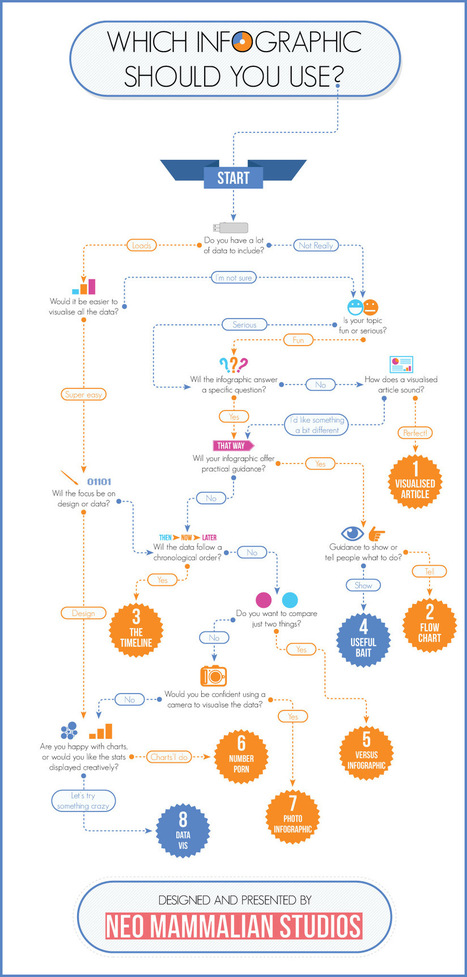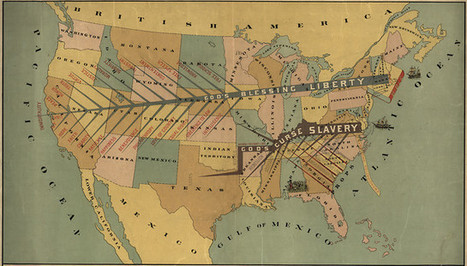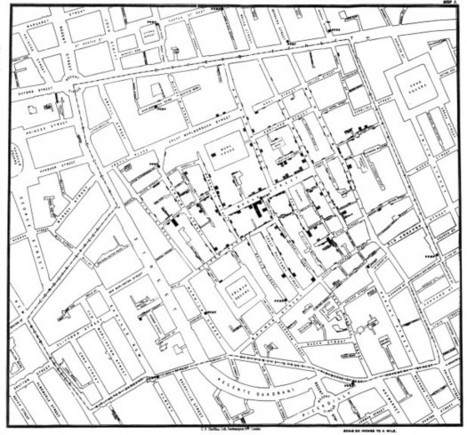That’s right, there’s more to infographics than a scrolling image full of facts and figures. Different types of infographics are consumed differently.
The right kind of infographic should match your data to your narrative and ensure that people take away your message after reading it.
While infographics may not come in that many shapes or sizes (600 x 1,800 pixels is the norm), that doesn’t mean there’s a stock standard infographic for you.
Use the flowchart to help you decide which infographic is right for you...
Via Lauren Moss



 Your new post is loading...
Your new post is loading...











